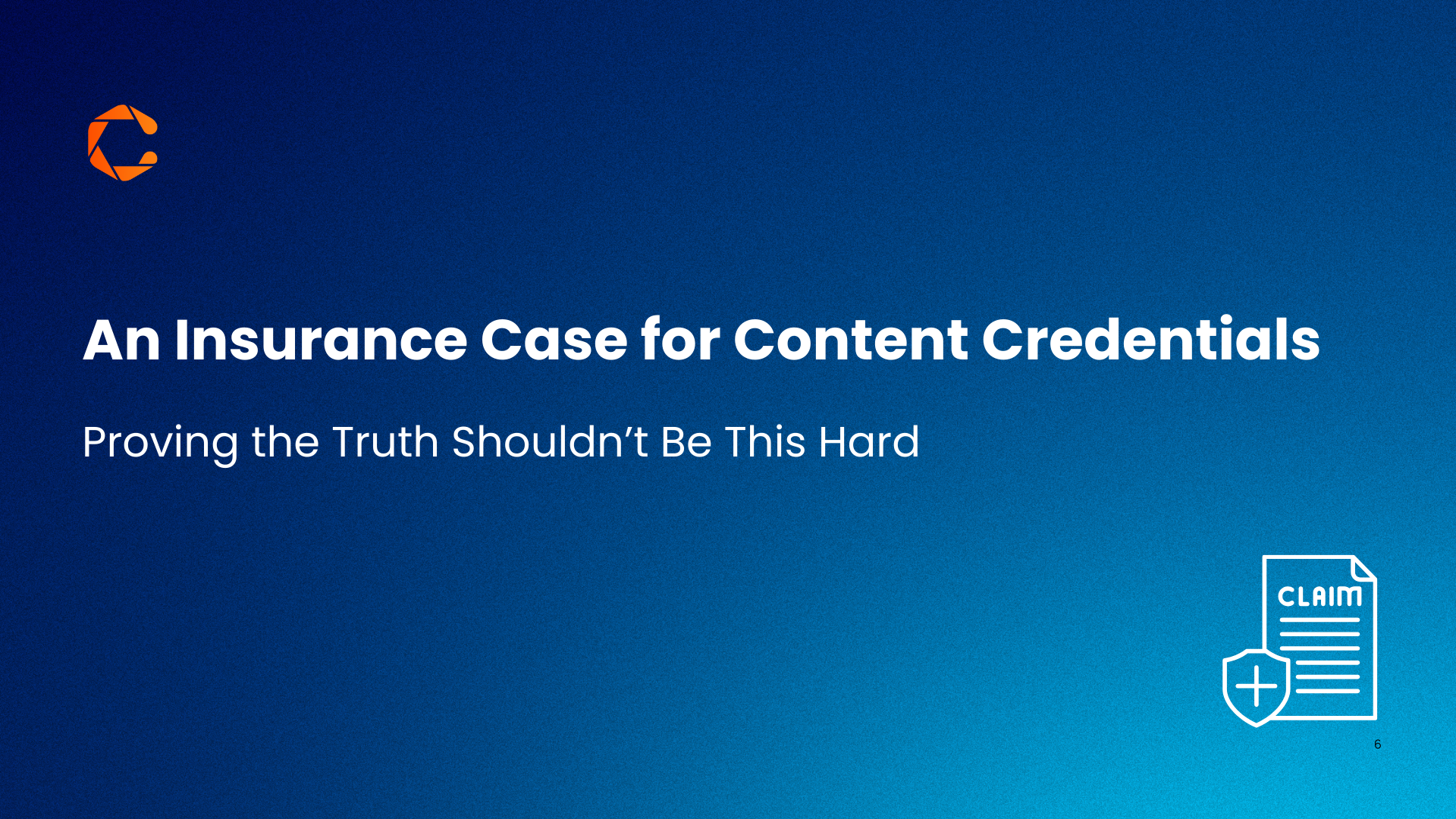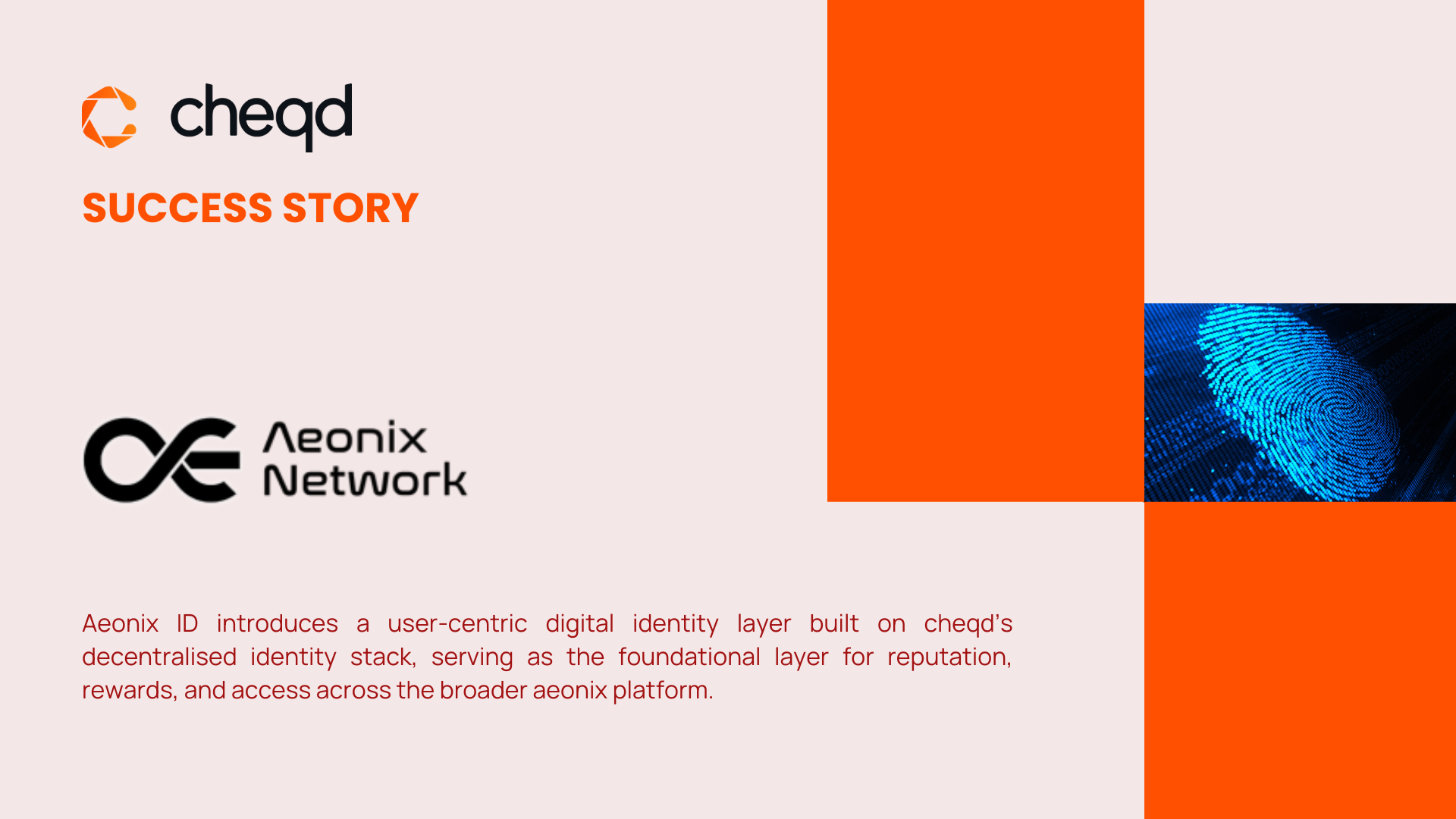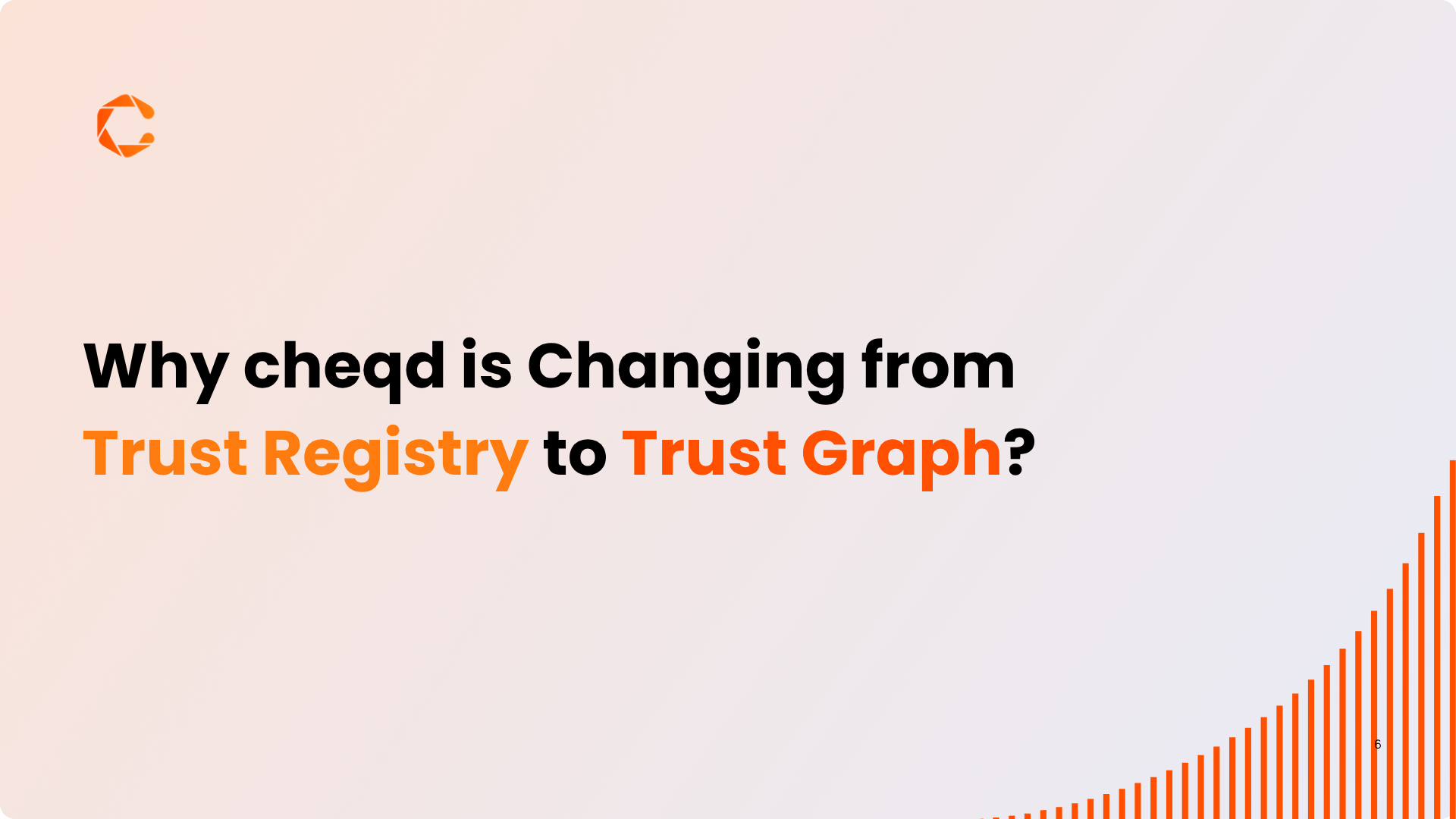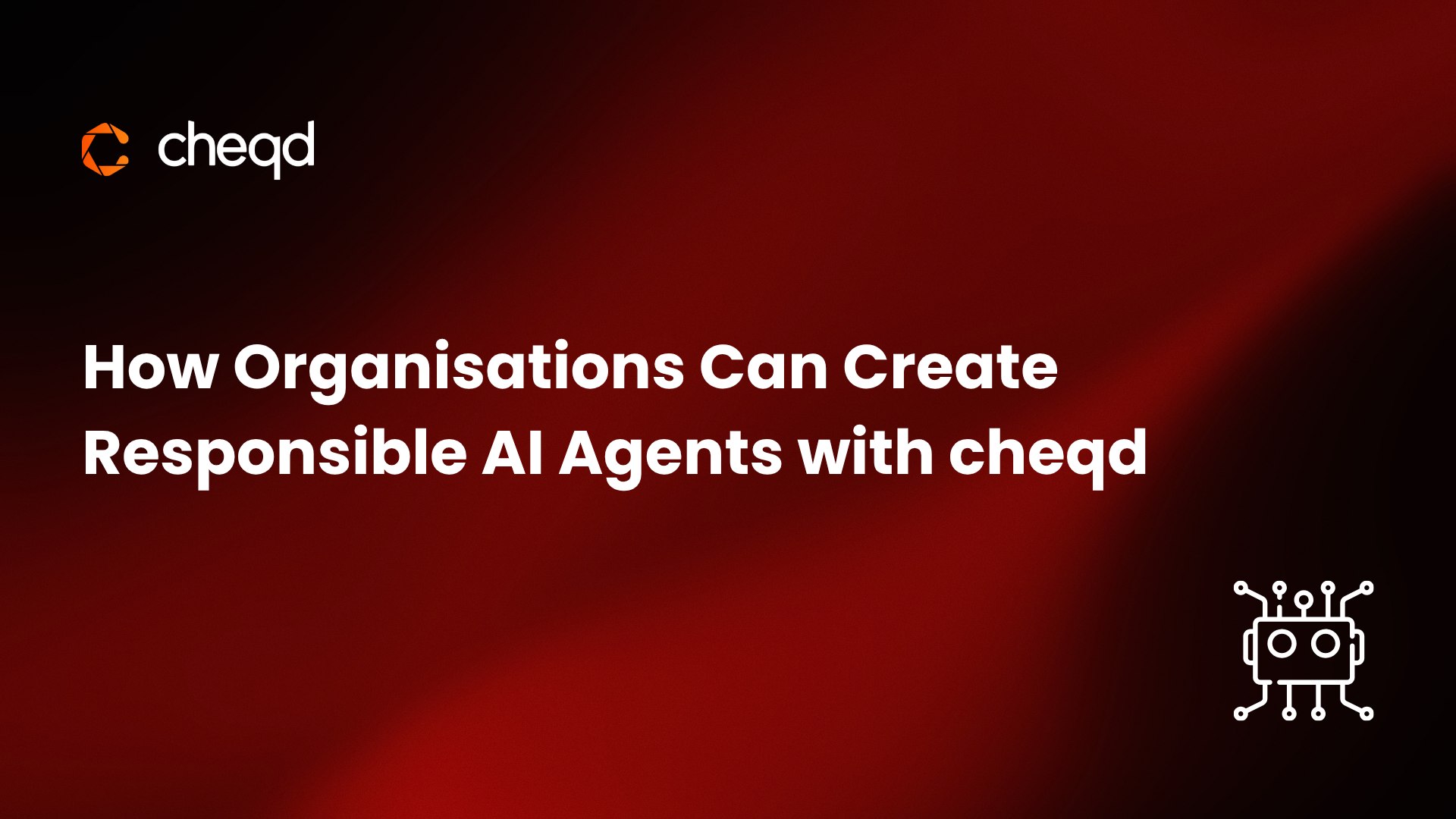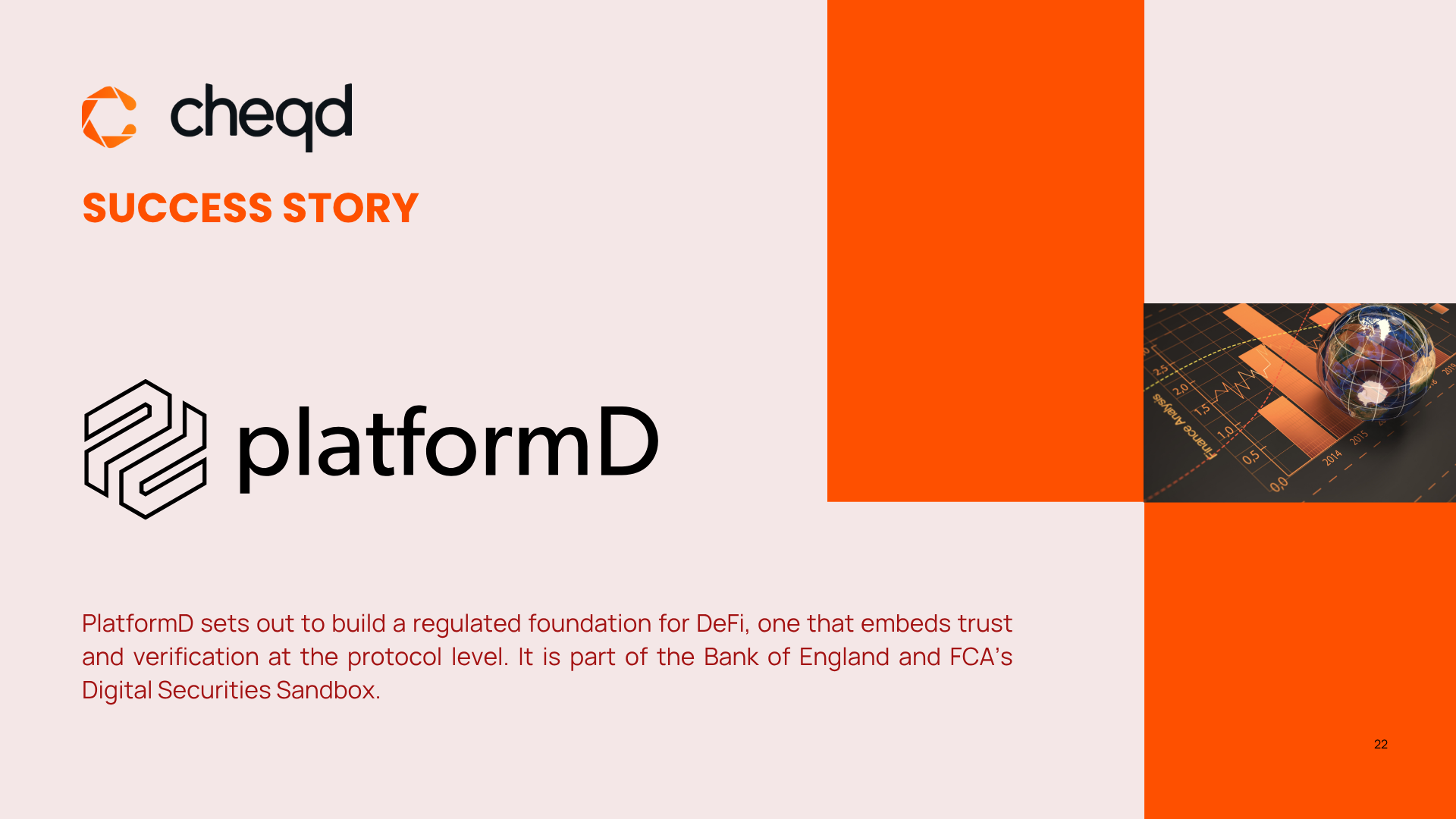How a 14-min gap nearly cost me everything. The need for content credentials.
Introduction
A lot of data about us is generated every day, either by us directly or by systems and services around us. This could include anything from database entries to photos and videos captured across countless platforms and devices.
While this data can sometimes be helpful, such as proving where you were or what happened during an event. It’s only valuable if it’s authentic and, more importantly, verifiable. Inaccurate or manipulated data can lead to serious consequences, especially if in high stakes occasions.
Being able to prove that a piece of data hasn’t been tampered with is essential. Nonetheless, many people don’t realise how fragile some forms of evidence can be, particularly metadata like the time or location a photo was taken. Depending too heavily on these details can introduce unexpected challenges when trying to prove the integrity of the information.
In this blog, I’ll take you along on my personal experience of filing an insurance claim and make the case that we need Content Credentials in every aspect of life.
You can also refer to our previous blog on why Content Credentials matter to creators.
A Personal Experience: The Power of Verifiable Evidence
The Incident

Back in January 2025, I traded in my pride and joy, a super nifty and lightweight 675cc 3 cylinder Triumph Street Tripe RX, Limited Edition. I part exchanged it for something more suited to my increasing interest in self preservation, and to be able to do longer trips. I bought a BMW R1200RT tourer, a completely different machine.
I bought the bike just after midday on January 18th after picking up some new gloves and browsing other equipment. To have a full insurance policy for my new bike I needed to switch my insurance from the old bike. This was processed at 13:45 on that day. As soon as the policy went live, I hit the button on my mobile to pay UK road tax for the new bike, and took a screenshot as it went through at exactly 13:45.
Jumped on the bike to go for some lunch, partner and resident teenager following behind in the car. I came to a mini roundabout just in the next estate, looked where I was going and began to lean into the corner. The next thing I knew, the rear wheel slid out from under me. I hit the ground, rolled forward, and ended up back on my feet.
All the while, I could hear the grinding of foot pegs, the crunching of plastic, and the bike continued to slide up the road and stopped resting over the edge of the curb, wheels still turning as it was still in gear. This was at exactly 13:59.
You can imagine the shock, right? Devastated. Seventeen years of riding but unlucky accidents can happen to anyone. I rode the bike home and got it on the drive to examine it. After checking the rear tire, I realised it was so new it was still in the mold. This means it was more like a hot knife through butter, instead of glue between your fingers in terms of grip on the road. It came down to rider error, an unfortunate but avoidable accident as it was my responsibility to be aware of the tire’s condition.
The Insurance Dispute
I reported it to my insurance company and submitted all the photos from my device, which were taken at exactly 13:59 and backed up immediately to Google cloud with the same timestamp.
Four weeks went by, I then received a call from a fraud investigator to take my side of the story due to the nature of the claim. I explained the situation in full, emphasising that photo evidence had been included in the original submission. While acknowledging how the circumstances might appear, I stressed that this was a genuine claim. The agent said they would take a look at the evidence provided. Another 9 weeks went by, I was informed that the bike had been repaired and that it was time to pay the excess and collect it, which led me to believe the matter had been resolved.
On Monday 19th May I received an email from my insurer stating that the conclusion of the “investigation” was that I was not insured at the time of the incident. My claim had been repudiated and I would be liable for all repair costs. At this point I was awash with bewilderment. My thoughts immediately turned to the implications: a potential fraud marker on my financial records, which could impact my mortgage renewals and any future loans.
I immediately emailed back asking for the details of the investigation, and how they reached these conclusions. I had to be fair and consider how it looked from their side. Insurance fraud is common and from their perspective I crashed a brand-new bike merely 14 minutes after insuring it. Highly suspicious. However I was a genuine claimant and had to fight for what is right.
The Challenge of Digital Evidence
I looked at the evidence and compiled my timeline.
The only proof I had was:
- The EXIF metadata from the photos, and
- Dashcam footage that captured the incident.
Unfortunately, the dashcam displayed the wrong time (10:30am), which meant it couldn’t reliably support my case. Still, I included it.
I highlighted that they must examine the original image files, not copies.
Copies made during internal workflows might overwrite the original createdDate timestamp, which could invalidate the evidence.
Having built similar workflow and document management systems myself, I knew that data is often duplicated as it moves through such systems, raising the risk of altered timestamps.
My concern was that this technical issue might lead to the evidence being dismissed or misinterpreted.
On Android devices, image metadata like the date can be manually edited. Some might be aware that this would create a modifiedDate timestamp at the filesystem level, but the trouble is this is not shown on a Google device, and some software has shown to add different timing data depending on the workflows, which I tested and confirmed on my own laptop.
With this in mind I had to prove that the original images and screenshots were not edited. Furthermore, I had to prove that they also matched the backup time and date on Google Drive backup. Unfortunately, the same problem was there, I was able to change the date and it did not show a modifiedDate in the UI for me. So if I was trying to pull the wool over their eyes and edit the date, it would not have shown I had edited on the Google UI on both mobile and web. It was messy, really messy.
The Resolution
As the days passed by, the cloud over my head and the dull sickness feeling in my stomach remained ever present. I was relying on the insurance company employees to fully understand what I had conveyed. If they had chosen to deny the claim, I would’ve been liable for thousands, and potentially flagged as a fraudster unless I took legal action.
I received an email on 29th May stating that they had further investigated the original images and decided to pass the claim back to the team. I was no longer under investigation for fraud. I was no longer liable for the charges. My claim was being honoured.
The Solution: Content Credentials
Content Credentials are industry-standard, tamper-evident metadata that add verifiable context about how a file was created or edited and who was involved in each step of the process. Think of them as a digital receipt for content. Whether it’s an image, article, or AI-generating text, Content Credentials provide proof of authenticity.
“There are often issues and challenges to prove the authenticity and ownership of digital content. Creators struggle to establish clear attribution as false claims could be made easily. Worse still, AI tools continue to blur the lines between human and synthetic content, verifying authorship becomes a growing necessity. Content Credentials is the answer. By embedding verifiable metadata into digital assets, they create a transparent and tamper proof record of an asset’s origin, edits, and ownership”. Quoted on this blog.
We wrote a blog on Content Credentials which you can read more here.
https://cheqd.io/blog/why-do-content-credentials-matter-in-the-creative-economy/
Conclusion
If there was ever a time I really needed a content credential, it was during that ordeal. I needed to prove the exact time and location that the image was taken. It would have saved months of stress, and saved the insurance company time in manhours, and ultimately money.
Want to know more or develop content credential solutions, please get in touch at [email protected].

